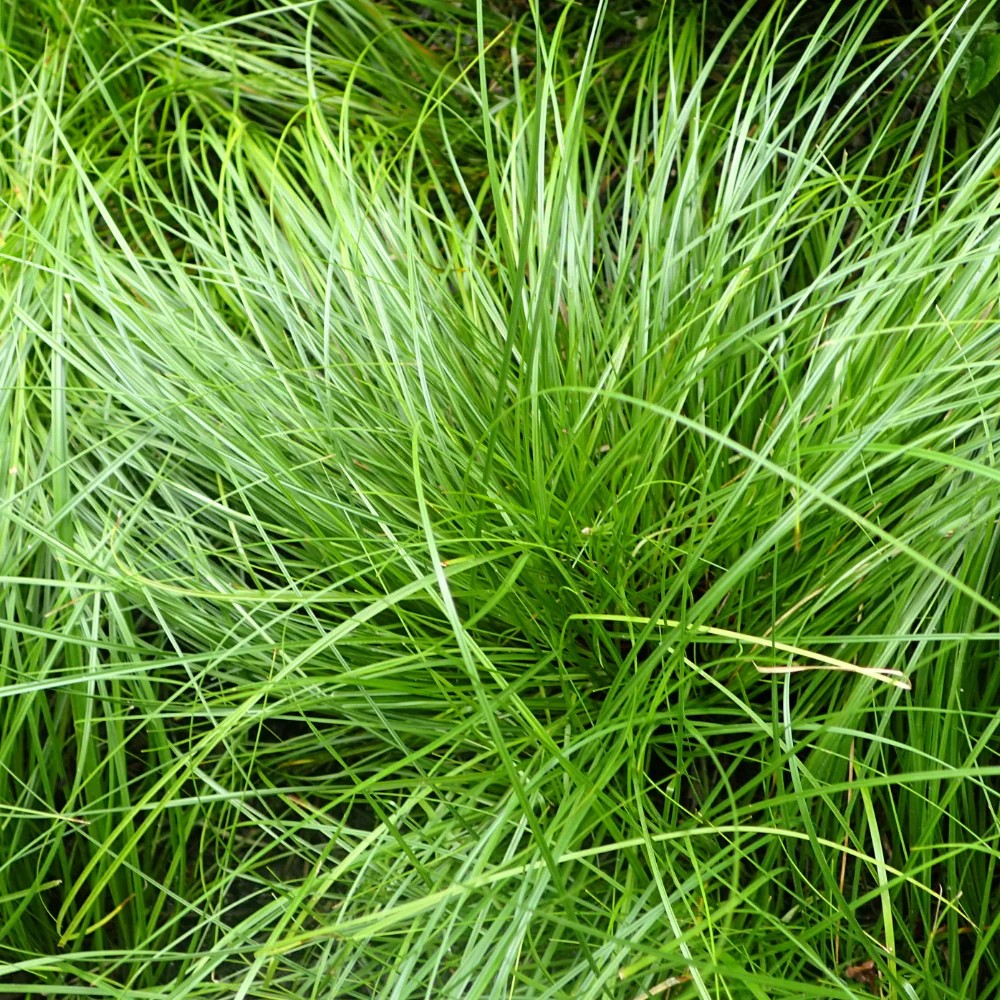A low-growing, semi-evergreen perennial grass known as Carex Pensylvanica (Pennsylvania Sedge) produces tufts of pale-green, arching leaves that are 12 inches in length in the spring and summer. In the autumn the foliage turns to a sandy color. White spikelets emerge at the apex of rough, triangular stalks above the leaves in the spring. The rhizomatous Pennsylvania Sedge spreads from protracted underground rhizomes to create enormous colonies. For shaded places, it's a useful groundcover and a grass alternative, but it cannot withstand high foot traffic. Additionally because it only needs to be cut one to two times per season to maintain a 2 inch height, it makes for an excellent turf substitute in dry shade locations. It works well to control erosion and can be used to underplant shrubs and perennials.
| Plant Type |
Ornamental Grasses |
| Hardiness Zone |
3-8 |
| Exposure |
Full Sun, Partial Sun |
| Season of Interest |
Spring, Mid Spring, Late Spring, Summer, Fall |
| Height | 12" - 18" (in), 18" - 24" (in) |
| Spread | 2' - 4' (ft), 3' - 6' (ft) |
| Spacing |
10" (in) |
| Water Needs |
Low, Average |
| Maintenance |
Low |
| Soil Type |
Loam, Sand |
| Soil PH |
Acid, Alkaline, Neutral |
| Soil Drainage |
Moist but Well-Drained, Well-Drained |
| Characteristics |
Evergreen, Showy |
| Tolerance |
Deer, Drought, Dry Soil, Wet Soil |
| Attracts |
Birds, Butterflies |
| Garden Uses |
Edging, Ground Covers, Rain Gardens, Underplanting Roses and Shrubs |
Carex pensylvanica (Pennsylvania Sedge) | Pennsylvania Sedge, Carex marginata, Carex pensylvanica var. glumabunda, Carex pensylvanica var. marginata, Carex pensylvanica var. vespertina, Carex stolonifera || A low-growing, semi-evergreen perennial grass known as Carex Pensylvanica (Pennsylvania Sedge) produces tufts of pale-green, arching leaves that are 12 inches in length in the spring and summer. In the autumn the foliage turns to a sandy color. White spikelets emerge at the apex of rough, triangular stalks above the leaves in the spring. The rhizomatous Pennsylvania Sedge spreads from protracted underground rhizomes to create enormous colonies. For shaded places, it's a useful groundcover and a grass alternative, but it cannot withstand high foot traffic. Additionally because it only needs to be cut one to two times per season to maintain a 2 inch height, it makes for an excellent turf substitute in dry shade locations. It works well to control erosion and can be used to underplant shrubs and perennials.
Full Sun, Partial Sun,
Spring, Mid Spring, Late Spring, Summer, Fall,
Low Water Needs, Average Water Needs, Low Maintenance, Moist but Well-Drained, Well-Drained,
Evergreen, Showy,
Deer Tolerant, Drought Tolerant, Dry Soil Tolerant, Wet Soil Tolerant,
Attracts Birds, Attracts Butterflies, Edging, Ground Covers, Rain Gardens, Underplanting Roses and Shrubs


